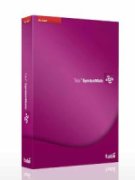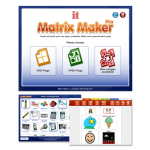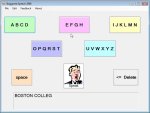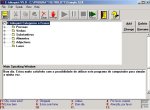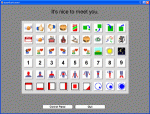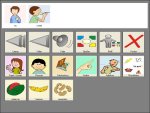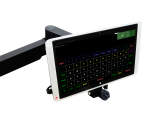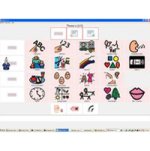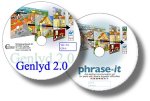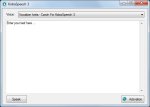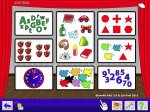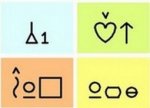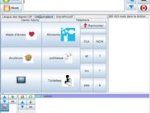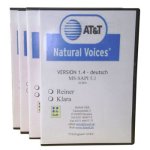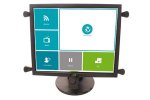Classic Search
- (-) Remove Augmentative Communication Systems filter Augmentative Communication Systems
- (-) Remove Windows filter Windows
68 Results
Note: Changing any of the the sort, count or discontinued filters below will cause the page to reload.
Operating System
Grid 3 is software that enables anyone with complex communication or access needs to communicate, control their environment and control their Windows computer using eye gaze, switch technology, touch, and pointing devices.
Boardmaker is a series of software programs and an online community that enables users to create symbol-adapted accessible curriculum materials for students of all abilities.
Software to create paper-based communication pages with symbols, text or photos and pages for static augmentative and alternative communication devices with pre-designed templates.
Matrix Maker Plus software for creating communication overlays and educational resources with ease. Compatible with Windows XP, Vista 7, and Vista 8.
An onscreen Windows-compatible keyboard program that utilizes head-controlled or eye-controlled access technology. It features large buttons and a two-level keyboard designed to easily pick out and find letters.
A free, open source symbol (or text) based dynamic display alternative and augmentative communication program for individuals with physical and or cognitive disabilities.
A free, PC-based text-to-speech program designed for the speech impaired. It serves as an electronic voice for those who can't speak on their own.
An alternative and augmentative communication (AAC) app that turns the iPad into a communication device. It gives a voice to adults and children who are not able to speak or are limited in their ability to express themselves verbally.
The Free Communication Board is software that has been developed to automate this alternative communication process, providing ease of use through the computer.
E-Mintza is a customizable and dynamic system of augmentative and alternative communication aimed at people with autism or with oral or written communication barriers.
An eye-operated communication and control system that empowers people with disabilities, Locked-in syndrome, ALS, or other to communicate and interact with the world.
An application designed for Augmentative and Alternative Communication (AAC). Disabled people who cannot speak and have very little physical mobility to operate a normal mouse and/or keyboard can use pVoice by selecting photos or symbols to generate speech output.
An alternative communication program from Windows. The program has many colorful and realistic environmental drawings and icons, as well as a functionality that makes it easy to customize the content of the individual user.
A program that combines voices so that they are recognized by a screen reader.
Sara is a reading voice that can be used for Dictus's echo function where she repeats what is written with Dictus, helpful for the visually impaired, blind or dyslexic who cannot check with their eyes what is written on the screen. "She" can also be used as an additional voice for the reading program.
A speech synthesizer that supports 64-bit programs and 64-bit SAPI.
An on-screen communicator for those with impaired motor skills.
Introductory training program for AAC users.
Blissymbolics is a semantic graphical language designed for people with severe speech and physical impairments that is composed of more than 5,000 authorized symbols.
My Freedom To Communicate (MyFTC) is Assistive Technology (AT) software that uses text-to-speech technology to enable nonverbal individuals to communicate easily in real life situations.
A text-based communicator that includes word prediction, text-to-speech support, etc. for people who are nonverbal with speech and physical impairments.
Natural Voices is supported by some screen readers for visually impaired and blind people, by some software-based communication aids for non-speaking people as well as other programs.
An eye-gaze tracking with speech recognition that transforms a commercial computer into an alternative augmented communication system through multiple interaction ways (ranging from eye tracking to head movement, from standard mouse to the simple touch).
Software with more than 5,000 photographies used to create paper materials for communication, educational activities, and rehabilitation.



